Report
Nov 20 2023
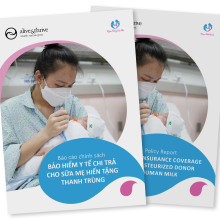
Policy Report - Health Insurance Coverage for Pasteurized Donor Human Milk
Guide/Manual
Jan 10 2022
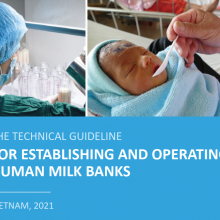
Viet Nam Human Milk Bank Guidelines
This document outlines the technical guidelines for establishing and operating Human Milk Banks in Viet Nam, providing a basis for health facilities providing maternity and newborn services.
Report
Apr 30 2019

Maternal, Infant, and Young Child Nutrition and Nutrition-sensitive Practices in Indonesia
This report provides a clear path and guidance for the government and other key stakeholders to develop a national advocacy and behavior change communication strategy for stunting reduction.
Guide/Manual
Oct 25 2018
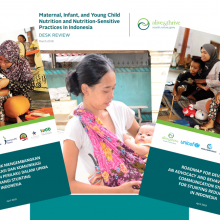
Roadmap for Developing an Advocacy and Behavior Change Communication Strategy for Stunting Reduction in Indonesia
This roadmap facilitates alignment, improves sense of ownership, ensures relevant stakeholders are involved, and sets an appropriate structure for the process of putting together the communication strategy.
Report
Apr 30 2016
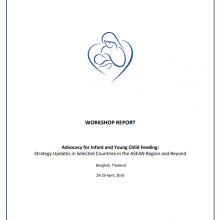
Advocacy for infant and young child feeding: Strategy updates in selected countries in the ASEAN region and beyond
Strategic and well-coordinated advocacy is essential to improve nutrition at scale. Recent efforts in countries throughout Southeast Asia have generated regional momentum and resulted in stronger nutrition policies and programs.
Report
Jun 18 2015
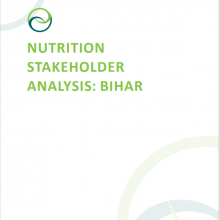
Nutrition Stakeholder Analysis: Bihar, India
This report describes the methodology, results, and recommendations from a stakeholder landscape study that intended to capture a snapshot of nutrition stakeholders in Bihar, India, and to develop an understanding of how they interact with each other to achieve nutrition outcomes.

